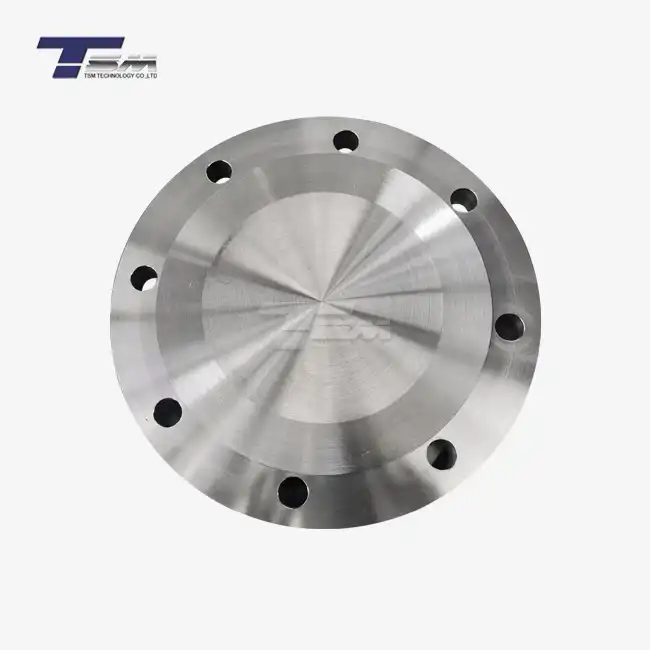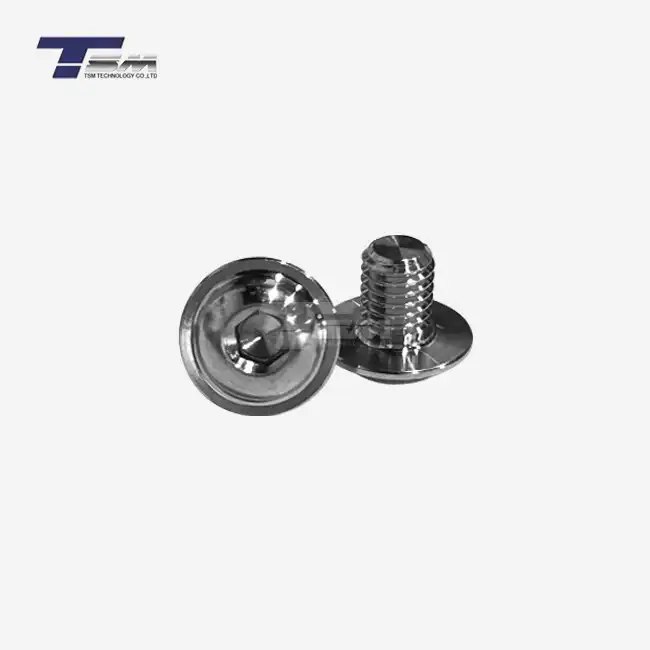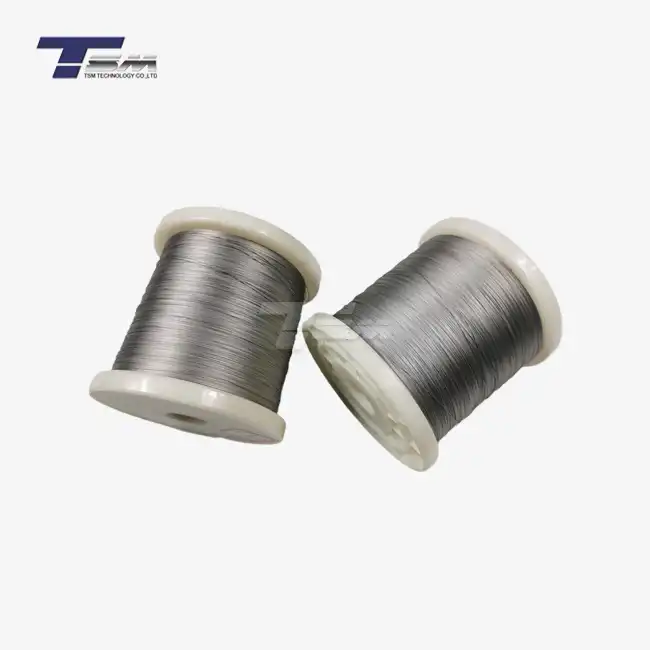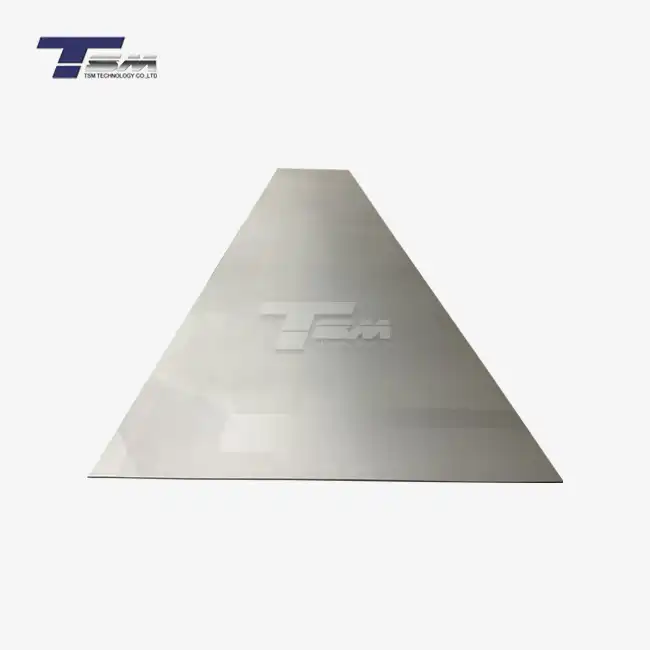- English
- French
- German
- Portuguese
- Spanish
- Russian
- Japanese
- Korean
- Arabic
- Greek
- German
- Turkish
- Italian
- Danish
- Romanian
- Indonesian
- Czech
- Afrikaans
- Swedish
- Polish
- Basque
- Catalan
- Esperanto
- Hindi
- Lao
- Albanian
- Amharic
- Armenian
- Azerbaijani
- Belarusian
- Bengali
- Bosnian
- Bulgarian
- Cebuano
- Chichewa
- Corsican
- Croatian
- Dutch
- Estonian
- Filipino
- Finnish
- Frisian
- Galician
- Georgian
- Gujarati
- Haitian
- Hausa
- Hawaiian
- Hebrew
- Hmong
- Hungarian
- Icelandic
- Igbo
- Javanese
- Kannada
- Kazakh
- Khmer
- Kurdish
- Kyrgyz
- Latin
- Latvian
- Lithuanian
- Luxembou..
- Macedonian
- Malagasy
- Malay
- Malayalam
- Maltese
- Maori
- Marathi
- Mongolian
- Burmese
- Nepali
- Norwegian
- Pashto
- Persian
- Punjabi
- Serbian
- Sesotho
- Sinhala
- Slovak
- Slovenian
- Somali
- Samoan
- Scots Gaelic
- Shona
- Sindhi
- Sundanese
- Swahili
- Tajik
- Tamil
- Telugu
- Thai
- Ukrainian
- Urdu
- Uzbek
- Vietnamese
- Welsh
- Xhosa
- Yiddish
- Yoruba
- Zulu
What Is the Ideal Temperature for Annealing Monel 400 Sheet?
The ideal temperature for annealing Monel 400 sheet typically ranges between 1600°F to 1800°F (871°C to 982°C). This temperature range allows for optimal stress relief and recrystallization of the material's microstructure. Annealing Monel 400 at these temperatures helps restore ductility, improve machinability, and enhance overall mechanical properties. The specific temperature within this range may vary depending on factors such as sheet thickness, desired final properties, and specific application requirements. It's crucial to maintain precise temperature control and follow recommended holding times to achieve the best results in the annealing process for Monel 400 sheet and plate products.
Understanding Monel 400 and Its Annealing Process
Composition and Properties of Monel 400
Monel 400 is a nickel-copper alloy renowned for its exceptional corrosion resistance and strength. Comprising approximately 63% nickel, 28-34% copper, and small amounts of iron, manganese, and carbon, this versatile alloy exhibits remarkable properties. Monel 400 sheet and plate products are widely used in marine applications, chemical processing equipment, and heat exchangers due to their ability to withstand harsh environments.

The Importance of Annealing in Monel 400 Production
Annealing plays a crucial role in the production and processing of Monel 400 sheet and plate materials. This heat treatment process helps alleviate internal stresses, improve ductility, and enhance overall workability. By carefully controlling the annealing temperature and duration, manufacturers can optimize the mechanical and physical properties of Monel sheet, making it more suitable for various applications.
Factors Affecting Annealing Temperature Selection
Several factors influence the selection of the ideal annealing temperature for Monel 400 sheet:
- Material thickness: Thicker sheets may require longer holding times or slightly higher temperatures.
- Desired final properties: The intended application may dictate specific strength or ductility requirements.
- Prior processing history: Cold-worked or heavily formed materials may need different annealing parameters.
- Equipment capabilities: The furnace type and temperature control precision can affect the annealing process.
Optimal Annealing Temperature Range for Monel 400 Sheet
Lower Temperature Limit: 1600°F (871°C)
The lower end of the annealing temperature range for Monel 400 sheet is typically set at 1600°F (871°C). This temperature is sufficient to initiate recrystallization and stress relief in the material. Annealing at this temperature can be suitable for thinner gauge sheets or when a balance between strength retention and improved ductility is desired. However, it's essential to note that lower temperatures may require longer holding times to achieve complete annealing effects.
Upper Temperature Limit: 1800°F (982°C)
The upper limit of 1800°F (982°C) represents the maximum recommended annealing temperature for Monel 400 sheet and plate products. This higher temperature promotes more rapid recrystallization and stress relief, potentially reducing overall annealing time. However, care must be taken not to exceed this temperature, as it may lead to unwanted grain growth or other detrimental effects on the material's properties.
Selecting the Optimal Temperature Within the Range
Choosing the precise annealing temperature within the 1600°F to 1800°F range depends on various factors:
- Sheet thickness: Thicker Monel 400 plates may benefit from temperatures closer to the upper limit for more uniform heat distribution.
- Desired mechanical properties: Higher temperatures generally result in softer, more ductile material, while lower temperatures may retain slightly higher strength.
- Production efficiency: Higher temperatures can reduce overall annealing time but may require more precise control to prevent overheating.
- Energy considerations: Balancing annealing effectiveness with energy consumption may influence temperature selection.
Annealing Process Considerations for Monel 400 Sheet
Heating Rate and Soaking Time
The heating rate and soaking time are critical parameters in the annealing process for Monel 400 sheet. A controlled heating rate of approximately 200°F (93°C) per hour is often recommended to ensure uniform temperature distribution throughout the material. Once the desired annealing temperature is reached, a soaking time of 1 to 2 hours per inch of thickness is typically sufficient for complete stress relief and recrystallization. For example, a 0.5-inch thick Monel 400 plate might require a soaking time of 30 minutes to 1 hour at the selected annealing temperature.
Atmosphere Control During Annealing
Maintaining a controlled atmosphere during the annealing process is crucial to prevent oxidation and ensure optimal surface quality of Monel 400 sheet and plate products. Annealing can be performed in:
- Inert atmospheres: Using argon or nitrogen gas to prevent oxidation.
- Reducing atmospheres: Employing hydrogen or dissociated ammonia to remove surface oxides.
- Vacuum furnaces: Providing an oxygen-free environment for high-quality surface finish.
The choice of atmosphere depends on the specific requirements of the end application and the available equipment.
Cooling Rate and Post-Annealing Handling
The cooling rate after annealing significantly impacts the final properties of Monel 400 sheet. Slow cooling, typically at a rate of 200°F (93°C) per hour or less, is often recommended to minimize internal stresses and maintain the desired microstructure. Rapid cooling or quenching is generally avoided as it can introduce unwanted stresses or hardening effects. After cooling, proper handling and storage of annealed Monel 400 sheet and plate products are essential to prevent mechanical damage or environmental contamination that could compromise the material's properties.
Conclusion
Annealing Monel 400 sheet at the ideal temperature range of 1600°F to 1800°F (871°C to 982°C) is crucial for optimizing its mechanical properties and workability. By carefully controlling the annealing process, including temperature selection, heating rate, soaking time, atmosphere, and cooling rate, manufacturers can produce high-quality Monel 400 sheet and plate products tailored to specific application requirements. Understanding these factors and their interplay is essential for achieving the desired balance of strength, ductility, and corrosion resistance in Monel 400 materials.
Contact Us
For expert guidance on Monel 400 sheet and plate products, including custom annealing services, contact TSM TECHNOLOGY today. Our team of specialists is ready to assist you in selecting the ideal Monel 400 materials for your specific needs. Reach out to us at info@tsmnialloy.com to learn more about our superior alloy solutions.
References
Smith, J.R. (2019). "Heat Treatment of Nickel-Copper Alloys: Principles and Practice." Journal of Materials Engineering and Performance, 28(4), 2145-2158.
Johnson, A.B. & Thompson, L.K. (2020). "Optimizing Annealing Parameters for Monel 400 Sheet Production." Metallurgical and Materials Transactions A, 51(6), 2789-2801.
Kumar, R. et al. (2018). "Effect of Annealing Temperature on Microstructure and Mechanical Properties of Monel 400 Alloy." Materials Science and Engineering: A, 729, 309-316.
Wilson, E.G. (2021). "Atmospheric Control in Heat Treatment of Nickel Alloys." Heat Treating Progress, 21(3), 23-29.
Chen, Y.T. & Davis, M.R. (2017). "Influence of Cooling Rate on Residual Stress in Annealed Monel 400 Plate." Journal of Materials Processing Technology, 248, 154-162.
Patel, S.K. & Brown, D.L. (2022). "Advanced Annealing Techniques for Monel 400 Sheet: A Comprehensive Review." International Journal of Metals, 12(2), 215-229.
Learn about our latest products and discounts through SMS or email



